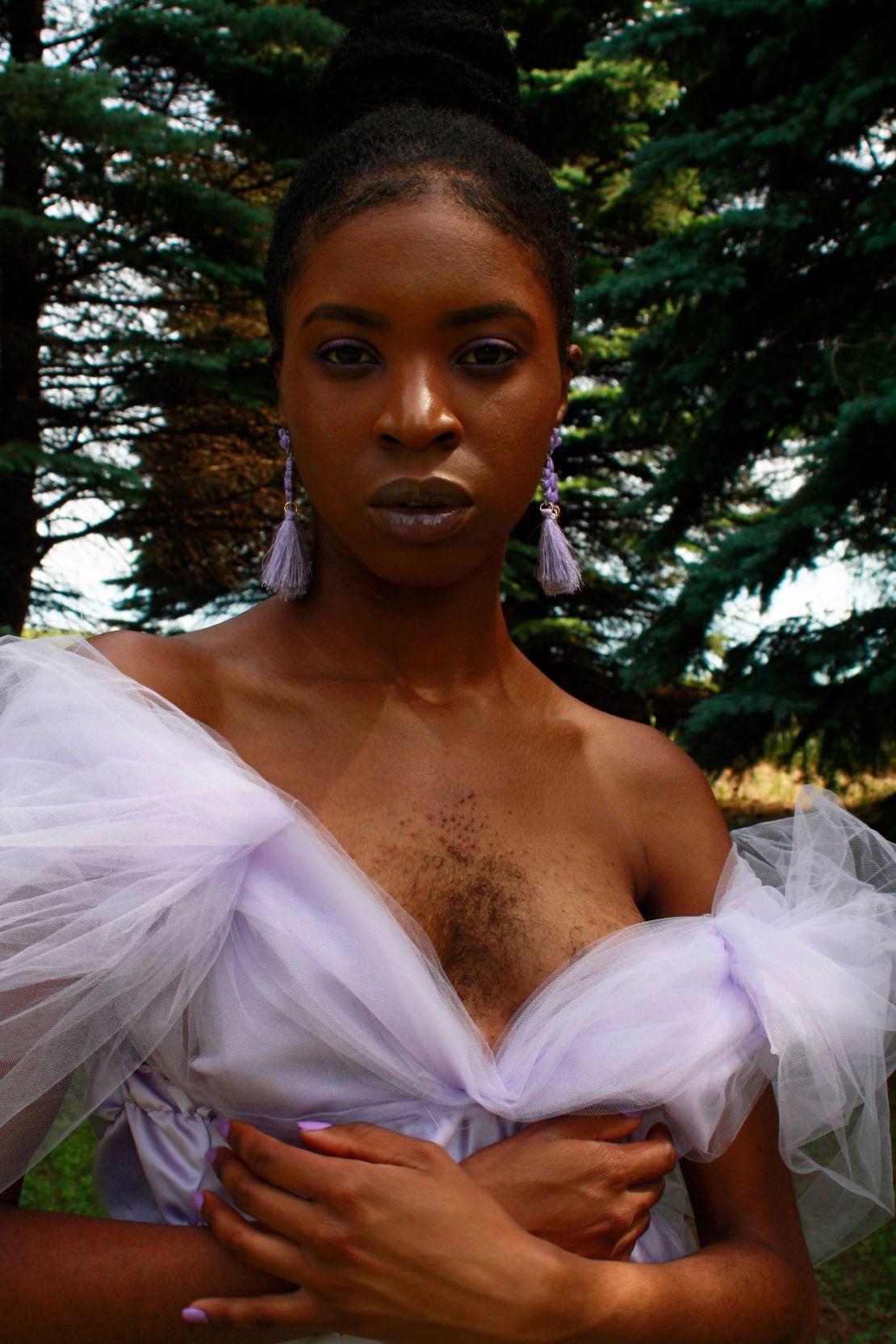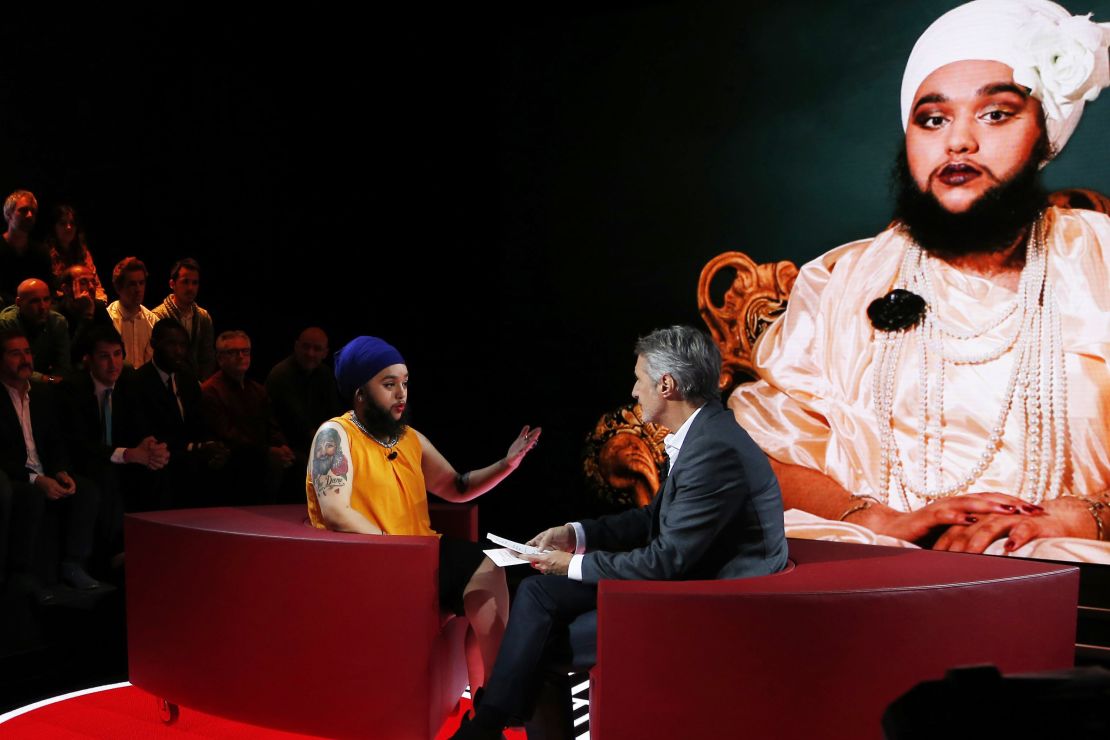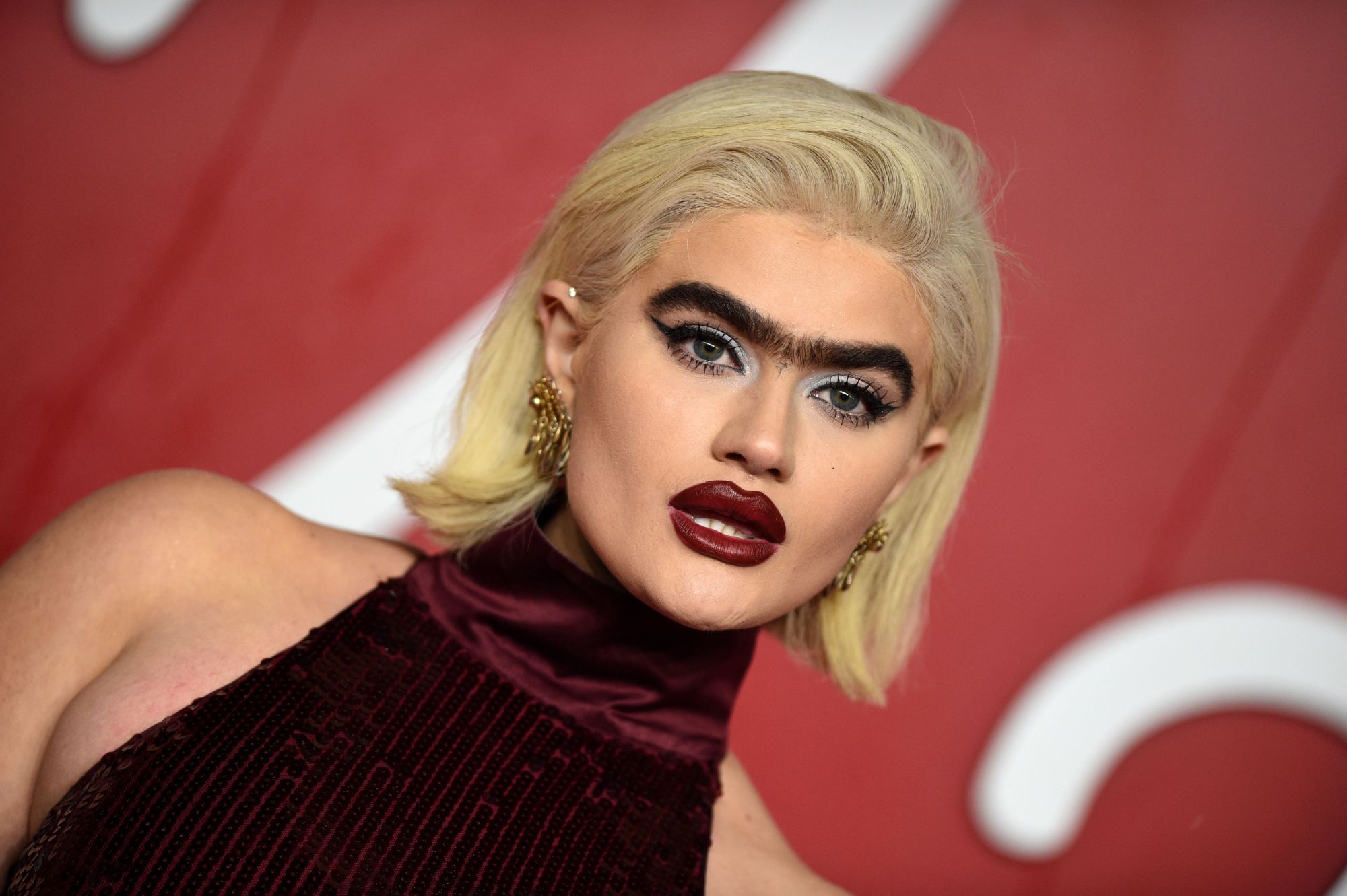The first month of the year is traditionally a time of change and resolution. Gym memberships spike, people seek new jobs in record numbers and abstaining from alcohol and meat becomes a popular pastime.
But over the past six years, this period has also been marked by “Januhairy,” an initiative challenging women to put down their razors for the month. Despite its name, the message is evergreen and the campaign’s official Instagram account, which has over 40,000 followers, posts images of women celebrating their body hair year-round in a bid to normalize it.
“Januhairy is liberating because it gets you thinking about the way you treat your body and why,” Januhairy founder Laura Jackson told British newspaper Metro in 2021, adding: “Maybe soon we’ll be at a point where people can just do what they want in relation to body hair and we won’t even need to talk about it. That would be something.”

While there’s evidence of ancient Egyptians, Romans and Renaissance-era Europeans practicing hair removal, the status quo for women in the West — namely that hairless underarms, legs, bikini lines and upper lips are more socially acceptable — came about after the men of World War I returned home with disposable safety razors, only for women to experiment with them.
Fashions were changing too, with garments that revealed more skin coming into vogue — sleeveless tops that revealed the underarm for instance, and higher hemlines that showed more of the wearer’s legs. Razor manufacturer Gillette saw a golden opportunity and, in 1915, launched the “Milady Decolette.” Various advertisements from the time bill it as the “well-groomed” woman’s solution to “an embarrassing personal problem.”
“It was a very conscious decision (by Gillette) to aggressively expand their market to women,” said Breanne Fahs, a professor of women and gender studies at Arizona State University, in a telephone interview with CNN.
This marketing coincided with the rise of fashion photography in magazines that meant images of new beauty standards spread like wildfire. A century later, female body hair remains taboo to many — even in societies that celebrate the benefits of all that is “natural” elsewhere, from cosmetics to food.
A powerful norm
In 2021, a study by market research company YouGov found 59% of Britons considered female armpit hair “unattractive,” with men and women largely holding the same view, at 57% and 61% respectively. But the research also found that attitudes were generational, with younger people less likely to find female body or facial hair unattractive, and younger women in particular more accepting of female body hair.

Certainly, body hair is increasingly visible in mainstream settings: The hashtag #bodyhairpositivity has over 214 million views on TikTok, razor brand Billie shows body hair on its models and a beauty product called Fur Oil is available for anyone wanting to soften their pubic or underarm hair.
However, the bigger picture tells a less progressive story.
“Compliance rates of body hair removal are staggeringly high,” said Fahs, who cited research that between 92 and 99 percent of women in the US, UK, Australia, New Zealand, and much of western Europe regularly remove their leg and underarm hair. “That’s really shocking for a norm that has no health benefit: We can’t get that level of compliance with seatbelt wearing or teeth brushing. It’s amazing how powerful this norm is.”
Indeed, despite body hair activism being more visible and initiatives like Januhairy gaining traction, Fahs said that while “we want to believe people are rebelling more than they actually are… we are not seeing data supporting that (an increase in female body hair) is a widespread trend, adding that pubic hair removal “is only increasing.”
Question your beauty ideals
Roxanne Felig, 27, from Tampa, Florida, who is studying for a PhD in social psychology, regularly posts to social media about her choice to grow out her body hair and features on the Januhairy Instagram account. It’s a personal choice that attracts much criticism from strangers, especially on the internet.
“A lot of time it’s from women which seems so contradictory,” she told CNN via telephone. “It gets really aggressive. I have people leaving vomit emojis and saying I’m disgusting.”

These reactions echo the experiences of Esther Calixte-Bea, 27, an artist from Montreal, who also features on the Januhairy Instagram account and uses her creative practice to document her body, complete with the chest hair she spent years removing despite it causing her pain, irritation and even infection.
“There are hateful — sometimes racist — comments but there’s never anything new, it’s very repetitive; people always put monkey or gorilla emoji,” said Calixte-Bea, who has also featured on the Januhairy Instagram account. “At first I was offended but I’m used to it now.”
The most brutal reaction was in person: “The worst I ever had was two men who filmed me.”
Female body hair is also racialized. Historically, there have been countless examples of colonial powers enforcing hair removal as a means of control or punishment, and Charles Darwin’s suggestion (in his 1871 book “Descent of Man”) that excessive body hair was primitive gave rise to troubling narratives relating to respectability and hygiene.
“Women of color often have much darker body hair,” says Professor Fahs. “There are different implications if you have light blonde hair than if you have darker, coarser hair.”
With all of this in mind, it’s easy to see how the stakes of growing out your hair might be higher for women of color.

“The outside judgement can feel very scary but in order to normalize something more people need to see it,” said Calixte-Bea. “I can’t just say ‘I want to normalize body hair,’ but (not show my) body hair.”
The site of the body hair also holds different levels of acceptability.
“Armpit hair continues to be labelled as the most disgusting or difficult for people to tolerate,” says Professor Fahs, pointing out that she has written about a wealth of controversial topics but underarm hair is the one that “makes people really mad because it’s perceived as a greater violation of gender rules and traditional femininity than leg hair.”
With Januhairy upon us, Felig appreciates how mentally hard it is to grow your body hair out: “It’s complex because the benefit to shaving is that you don’t get harassment from folks.”
She advises taking time to think deeply about why we make the choices we do, something echoed by both Fahs and Calixte-Bea.
“So many women have never seen their body as it’s meant to look,” says Calixte-Bea. “Allowing your body hair to grow out can help you question ideas around beauty and how you truly feel about your body.”



